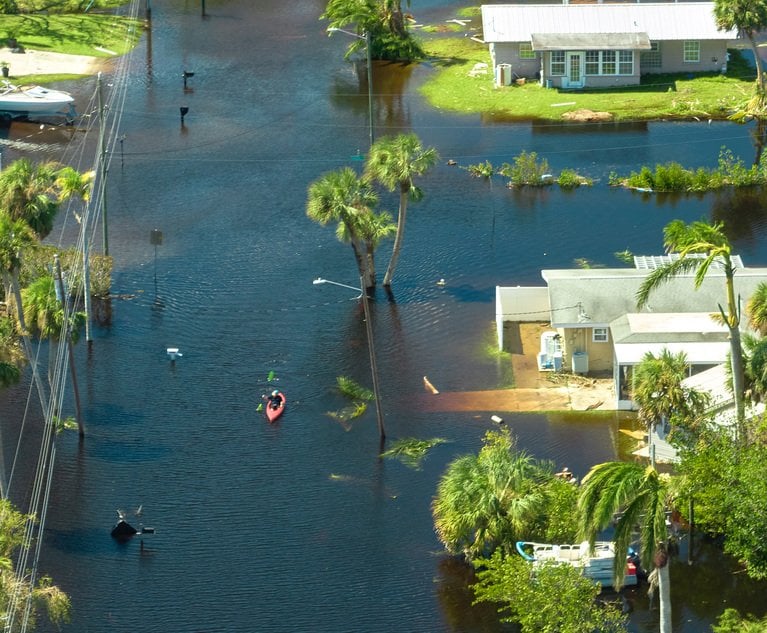 In 2016, 18 private insurers accounted for just 12.6% of the market and accounted for less than $1 billion in direct written premium, the Insurance Information Institute reported. In 2022, more than 75 private carriers were responsible for $1.31 in direct written flood insurance premium. Credit: bilanol/Adobe Stock
In 2016, 18 private insurers accounted for just 12.6% of the market and accounted for less than $1 billion in direct written premium, the Insurance Information Institute reported. In 2022, more than 75 private carriers were responsible for $1.31 in direct written flood insurance premium. Credit: bilanol/Adobe Stock
From 2016-2022, the U.S. flood insurance market increased 24%, growing from $3.29 billion in direct premium written to $4.09 billion, according to the Insurance Information Institute, which noted that private carriers now write slightly more than 32% of the market.
Recommended For You
Want to continue reading?
Become a Free PropertyCasualty360 Digital Reader
Your access to unlimited PropertyCasualty360 content isn’t changing.
Once you are an ALM digital member, you’ll receive:
- Breaking insurance news and analysis, on-site and via our newsletters and custom alerts
- Weekly Insurance Speak podcast featuring exclusive interviews with industry leaders
- Educational webcasts, white papers, and ebooks from industry thought leaders
- Critical converage of the employee benefits and financial advisory markets on our other ALM sites, BenefitsPRO and ThinkAdvisor
Already have an account? Sign In Now
© Touchpoint Markets, All Rights Reserved. Request academic re-use from www.copyright.com. All other uses, submit a request to [email protected]. For more inforrmation visit Asset & Logo Licensing.







